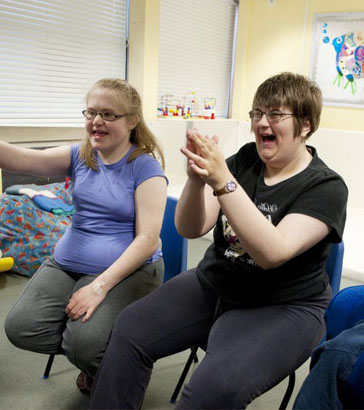
Here we consider how the information gleaned from different assessments can be used to construct a communication profile
or a communication passport. A communication profile clearly sets out a pupil's language and communication abilities and needs,
and suggests the best strategies for adults to use to facilitate communication.
There will be opportunities to consider the key elements involved in the formulation of a communication passport. You will
be encouraged to develop a communication passport for a child or young person in your context.
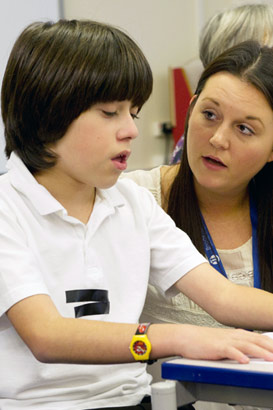
An invaluable tool for deciding on priorities for teaching and learning for a pupil is a 'strengths-needs analysis'. There are several steps involved in this process: first, gathering as much information as possible about the pupil's condition, learning style and difficulties through observation, other assessments and talking to people who know the pupils well; second, again working with people who know the pupil well, writing down strengths and needs; and finally, deciding the priorities for learning and teaching.
Read the following document.
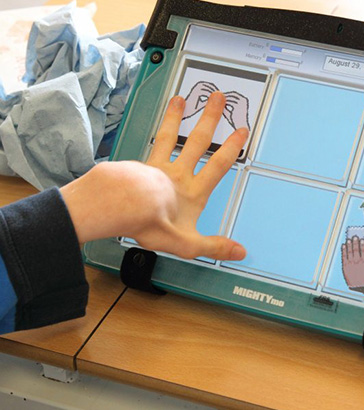
This module is all about assessment. The assessment tools that are recommended can provide a huge amount of information that needs to be summarised. It is essential to talk to colleagues, family members and carers who know the pupil well.
The strengths-needs analysis should provide a positive picture of the pupil – every pupil has some strengths. The needs list should not be a mere list of negatives in terms of learning difficulties or lack of progress or challenging behaviours. It should clearly indicate what the pupil has to learn and what strategies adults need to use to facilitate the pupil's development.
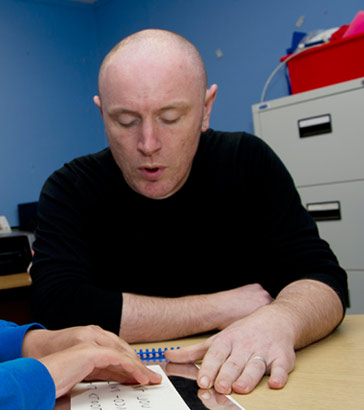
Formulate a strengths-needs analysis for a child and liaise with family and key workers in order to ensure that you have
the fullest and most accurate picture.
How will this inform approaches to teaching and learning for this student?
At this stage a decision has to be made about priorities for teaching and learning. What are the most important skills and
knowledge that the pupil has to acquire next? What are the best teaching strategies for facilitating learning? Who needs to
be involved in teaching? What resources will be required? And so on.
profiles (1)
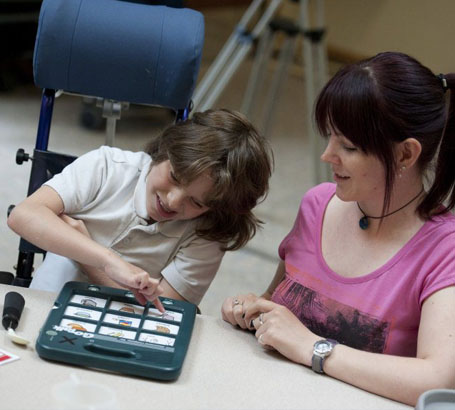
A 'communication profile' is a summary of an individual's communication skills. This includes the pupil's levels
of comprehension and expressive skills and shows appropriate visual supports and strategies that are required to support effective
communication, for example visual timetables, picture exchange systems, and associated skills including ICT capability and literacy.
The profile can only give an overview and may need to be supported by additional information.
profiles (2)

The communication profile aims to ensure that professionals and adults, necessarily including parents and carers, in all
environments have an awareness and understanding of an individual's language and communication skills and needs.
The profile should be available or visible at all times. The profile is a description of what the individual is able
to do, not what the current focus for learning is. As such, it should not be used to set targets but it does bear comparison
to a strengths-needs analysis.
profiles (3)
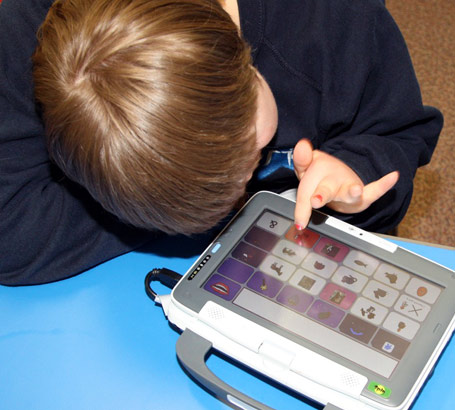
The communication profile can stand alone as a document but can also be supported by other resources and documents such
as a communication folder. The communication profile should be concise and factual, and written in a jargon-free manner.
The profile should be dated to ensure that the most recent version is in use. Any adults supporting the pupil should
have access to information and training or guidance to ensure that they understand the content of the profile.

Here is a simple version of a communication profile.
Who should take responsibility for completing and producing a communication profile? In many cases this is likely to be a speech and language therapist, but does not have to be. Whoever initially completes the profile will need to work closely with a range of adults who work with the pupil.
The profile will need to be updated to reflect changes and development of skills. This could be done at the time of the annual review of the pupil's statement of SEN. How should it be made available for staff and parents so that it informs their teaching and interactions with the child?
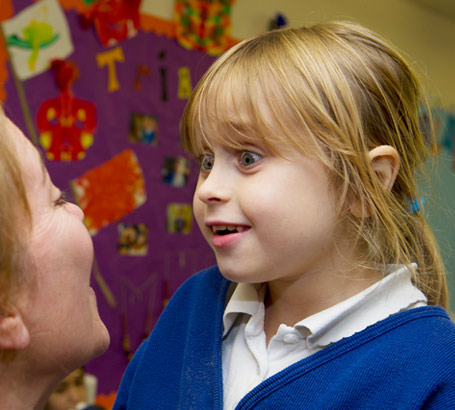
The term 'communication passport' is often used interchangeably with 'communication profile'.
Communication passports have been successfully used to draw together complex information about the child's language and communication
abilities and present a summary of the information in a clear and accessible format. They help staff to interact with and
respond in a consistent way to the child and give the child a good chance of understanding and communicating with others.
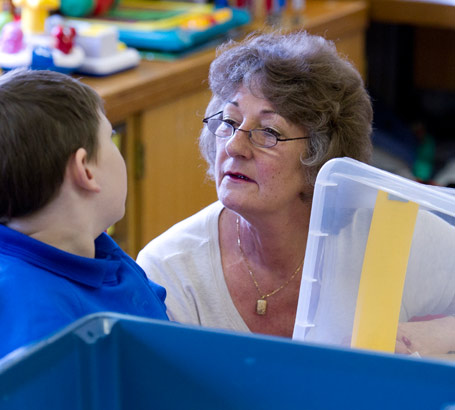
A passport must present information about the pupil in an accessible way that assumes no prior knowledge of the reader
and contains the right amount of detail. Passports do not need to give all the information about a pupil. They should provide
a summary of the essential information.
Passports may be supplemented with photos of resources and the pupil using them but they are not a photo album. They
serve a different purpose than a strengths-needs analysis but they should include details of, say, how to use a pupil's communication
system.
